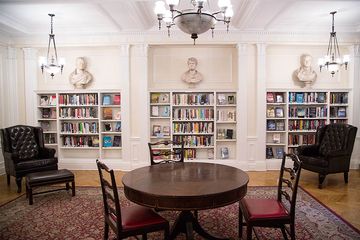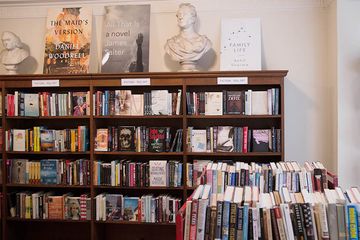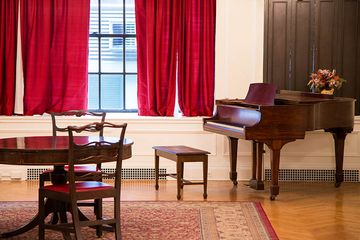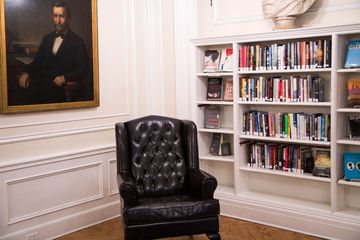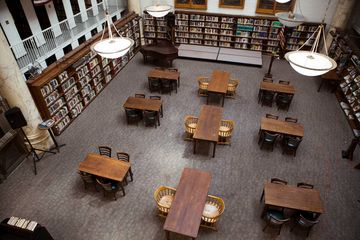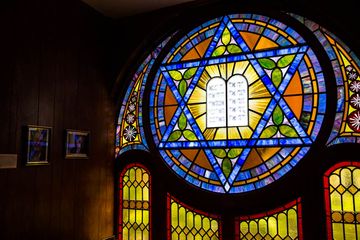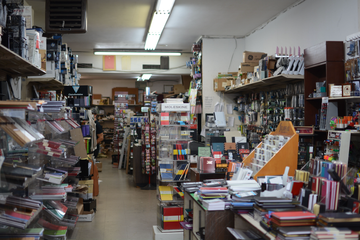
Having grown up in a time where public lending libraries were the norm, the concept of a fee-based library seemed unusual to me at first. The Center for Fiction was founded in 1820 – when lending libraries were considered to be just another of Benjamin Franklin's novel ideas. The Center's beginnings were humble. It only sought "to consider the propriety of establishing a Library and Reading Room for merchant's clerks," as a Mr. William Wood wrote. Thus began the Mercantile Library, which would become the Center for Fiction in 2005.
Mr. William Wood, initially, walked around neighborhoods with a wheelbarrow to collect donations of books. As the reputation and membership of the library increased, the number of volumes reached 120,000 in the early 1870's, making it the fourth largest library in the country. Unfortunately, the library's membership floundered at the turn of the 20th century with the opening of The New York Public Library. Because of the library's delivery book service and the ongoing lectures and reading groups, the Mercantile Library managed to stay intact through the Great Depression; they even decided to build a structure solely for the Library's use in 1932 at its current 47th street location.
The Mercantile Library has grown to be not only a library, but also a literary center that provides support to writers and readers alike. The eighth floor of their building, for example, is The Writers' Studio where members are invited to work in a quiet space.
In 2005, it was renamed the Center for Fiction to honor the library's impressive collection of the genre and to differentiate itself in a city so full of major research libraries and special collections. Currently, it is the only organization in the country dedicated entirely to fiction. The Center also recognizes writers with its annual awards.
While it has undergone considerable change since it first opened almost two hundred years ago, the Center has managed to stay relevant and has evolved into a formidable force that is devoted to creating a place for both readers and writers of fiction to rejoice.
